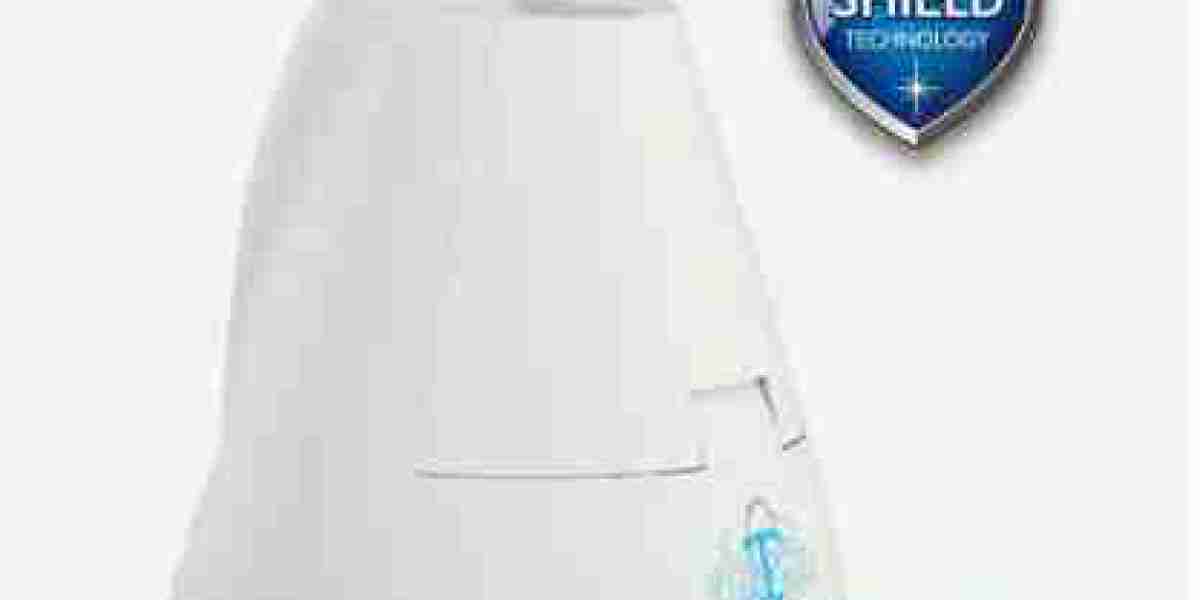Introduction
Electric toothbrush heads are vital for achieving effective oral hygiene. They are designed to work with electric toothbrush handles to provide superior cleaning compared to manual brushing. This guide explores the various types of electric toothbrush heads, their features, and how to choose the best one for your specific needs.
Types of Electric Toothbrush Heads
Electric toothbrush heads come in several designs, each tailored to different oral health needs and preferences. Understanding these options can help you select the most suitable head for your brushing routine.
1. Standard Brush Heads
Overview: Standard brush heads are the most commonly used and versatile option for general brushing.
- Design: Features a traditional brush head shape with medium to soft bristles arranged in a uniform pattern.
- Benefits: Provides a thorough clean for everyday use. Effective at removing plaque and preventing cavities.
2. Compact Brush Heads
Overview: Compact brush heads are smaller in size, making them ideal for individuals who need more precision in their brushing.
- Design: Smaller bristle area allows better maneuverability and access to hard-to-reach areas.
- Benefits: Enhanced control and precision, particularly useful for people with smaller mouths or those who wear braces.
3. Interdental Brush Heads
Overview: Interdental brush heads are designed to clean between the teeth, where traditional brushes may not reach effectively.
- Design: Features tapered bristles or a narrow, specialized shape.
- Benefits: Excellent for removing food particles and plaque from between teeth, improving gum health and preventing gum disease.
4. Whitening Brush Heads
Overview: Whitening brush heads are engineered to assist in the removal of surface stains and enhance the whiteness of your teeth.
- Design: Includes specialized bristle patterns or abrasive materials to aid in stain removal.
- Benefits: Helps in achieving a brighter, whiter smile by reducing discoloration from food and drink.
5. Sensitive Brush Heads
Overview: Sensitive brush heads are designed for individuals with sensitive teeth or gums, offering a gentler brushing experience.
- Design: Extra-soft bristles that are gentle on teeth and gums.
- Benefits: Reduces irritation and discomfort while providing effective cleaning for sensitive oral tissues.
6. Gum Care Brush Heads
Overview: Gum care brush heads focus on improving gum health by stimulating and massaging the gum tissue.
- Design: Features softer bristles and specific brushing patterns that promote gum health.
- Benefits: Enhances blood flow to the gums and helps reduce inflammation and gum sensitivity.
Benefits of Using Electric Toothbrush Heads
Using the appropriate electric toothbrush head provides several advantages, enhancing your overall oral hygiene routine:
Enhanced Cleaning Performance
Electric toothbrush heads, particularly those with oscillating or sonic technology, offer superior plaque removal compared to manual brushes. They deliver consistent brushing power, ensuring more effective cleaning.
Improved Access and Precision
Specialized brush heads such as compact and interdental heads provide better access to difficult-to-reach areas, ensuring a thorough clean in spaces that are challenging for standard heads.
Tailored Oral Care
Electric toothbrush heads with specific features like whitening or gum care cater to individual dental needs, allowing for a customized oral care routine.
Reduced Effort
Electric toothbrush heads are designed to work with electric handles that provide automatic brushing power, reducing the effort required from the user while maintaining effective cleaning.
Choosing the Right Electric Toothbrush Head
To select the best electric toothbrush head for your needs, consider the following factors:
Bristle Type and Texture
Choose the bristle type based on your comfort and oral health needs. Soft bristles are generally recommended, especially for sensitive gums or teeth.
Compatibility
Ensure that the toothbrush head is compatible with your electric toothbrush handle. Check the manufacturer’s specifications to avoid compatibility issues.
Size and Shape
Select the head size and shape that best suits your needs. Compact heads are ideal for precision, while standard heads offer broad coverage.
Special Features
Consider any additional features that may enhance your brushing experience, such as timers, pressure sensors, or specific bristle designs for whitening or gum care.
Replacement Schedule
Replace electric toothbrush heads regularly, typically every 3 to 4 months or sooner if the bristles become frayed. Regular replacement ensures optimal performance and hygiene.
Maintenance and Care
Proper maintenance of electric toothbrush heads is essential for longevity and effectiveness:
Regular Cleaning: Rinse the brush head thoroughly after each use to remove toothpaste and debris. Avoid submerging the handle or head in water.
Timely Replacement: Follow the manufacturer’s guidelines for replacing brush heads. Replace heads when bristles show signs of wear.
Proper Storage: Store the brush head in a clean, dry area to prevent bacterial growth. Avoid covering it in a damp environment.
Inspect for Damage: Regularly check the brush head for any signs of damage or wear to ensure continued effective cleaning.
Conclusion
Electric toothbrush heads play a crucial role in maintaining effective oral hygiene and enhancing your brushing routine. By understanding the different types and features of electric toothbrush heads, you can select the best option tailored to your specific dental needs. Whether you require a standard head for everyday use, a compact head for precision, or a specialized head for whitening or gum care, choosing the right toothbrush head will help you achieve a cleaner, healthier smile.
Explore various electric toothbrush heads to find the one that aligns with your oral care goals and preferences, and enjoy the benefits of a more effective brushing experience.














